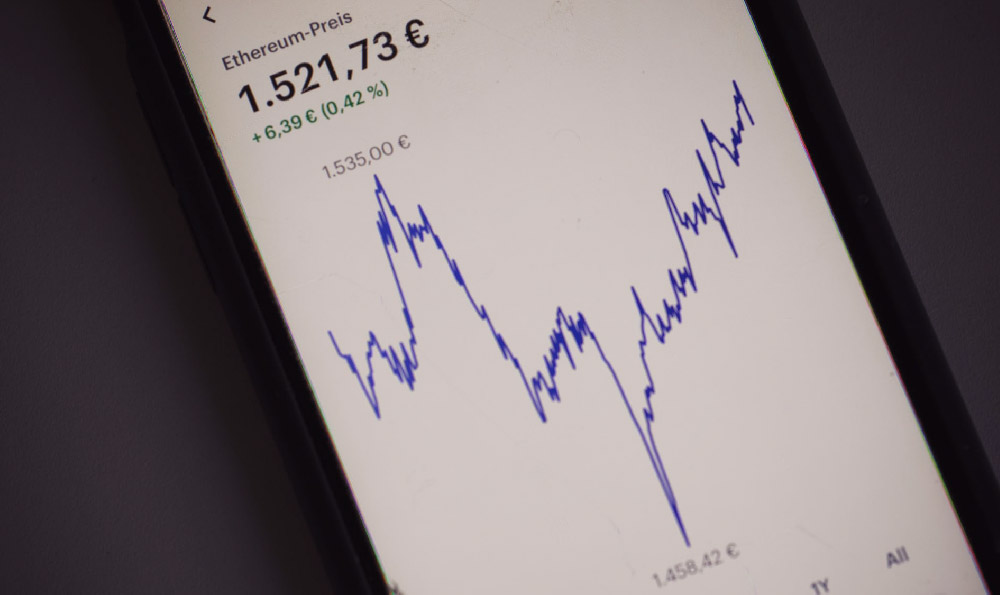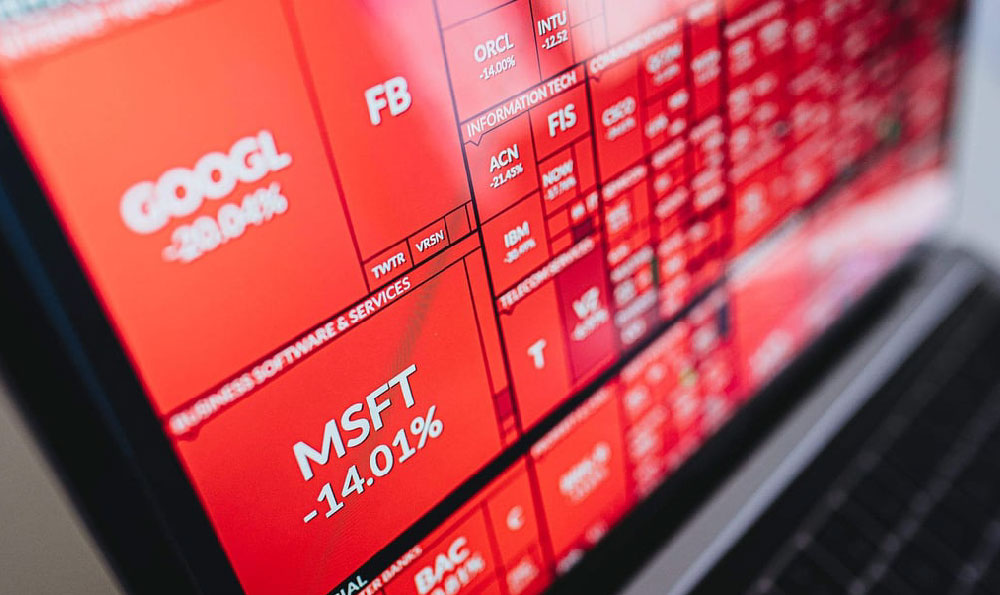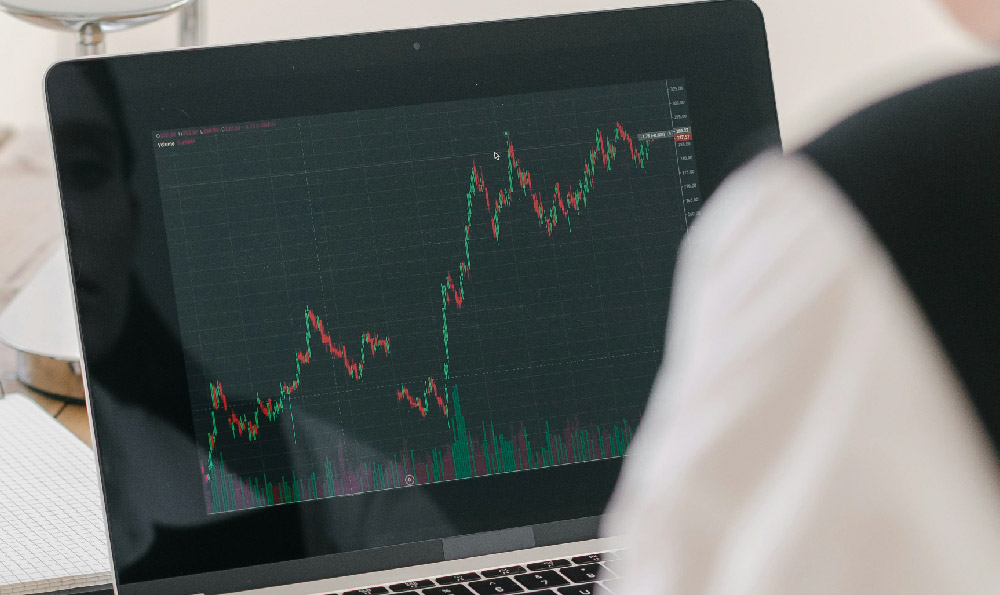Coinbase, a name synonymous with cryptocurrency accessibility, has become a gateway for millions to venture into the digital asset realm. The question then arises: how can one effectively profit from using Coinbase, and is it truly a worthwhile platform for investment? The answer, like most financial ventures, lies in a multifaceted approach that balances strategic investment with robust risk management.
Firstly, understanding Coinbase's role is paramount. It's primarily an exchange, facilitating the buying, selling, and storage of various cryptocurrencies. Profitability isn't inherent to the platform itself, but rather derived from the fluctuations in the prices of the assets traded on it. Thus, the core principle of profiting from Coinbase is simple: buy low and sell high. However, executing this principle successfully requires diligence, research, and a clear understanding of the cryptocurrency market's volatile nature.
A fundamental strategy involves diversification. Putting all your eggs in one basket is a perilous approach, especially in the unpredictable crypto space. Instead, spread your investments across different cryptocurrencies based on your risk tolerance and investment goals. Coinbase offers a variety of assets, ranging from established cryptocurrencies like Bitcoin and Ethereum to newer, more speculative altcoins. Bitcoin and Ethereum are generally considered safer bets due to their market dominance and proven track record, but they may offer less exponential growth potential compared to smaller altcoins. Altcoins, while presenting the possibility of significant returns, also carry a higher risk of substantial losses. Thorough research into the underlying technology, use case, and market capitalization of each cryptocurrency is crucial before investing.

Beyond diversification, consider employing a dollar-cost averaging (DCA) strategy. This involves investing a fixed amount of money at regular intervals, regardless of the asset's price. DCA mitigates the risk of buying at the peak of a price surge, as it averages out the purchase price over time. When prices are high, you buy fewer coins, and when prices are low, you buy more. This strategy is particularly effective in volatile markets like cryptocurrency, where timing the market is notoriously difficult.
Another profitable, yet more complex, avenue is staking. Coinbase allows users to stake certain cryptocurrencies, essentially locking them up to support the network's operations and earning rewards in return. Staking can provide a passive income stream, but it's important to understand the specific staking terms and risks associated with each cryptocurrency. The lock-up period can vary, during which you cannot access your staked coins, and the rewards can fluctuate based on network activity.
Active trading, while potentially lucrative, requires a more in-depth understanding of technical analysis and market trends. This involves studying price charts, identifying patterns, and using technical indicators to predict future price movements. Concepts like support and resistance levels, moving averages, and Fibonacci retracements become valuable tools for traders. However, active trading is time-consuming and carries a higher risk of losses, especially for inexperienced traders. It's crucial to approach active trading with caution, using stop-loss orders to limit potential losses and never investing more than you can afford to lose.
Beyond these strategies, protecting your account is paramount. Coinbase has robust security measures, but users must also take responsibility for safeguarding their funds. Enable two-factor authentication (2FA) on your account to add an extra layer of security. Use a strong, unique password and avoid reusing passwords across different platforms. Be wary of phishing scams and never share your private keys or seed phrases with anyone. Consider using a hardware wallet to store your cryptocurrency offline for added security, especially for long-term holdings.
Now, addressing the question of whether Coinbase is "worth it." The platform offers several advantages: user-friendliness, a wide range of cryptocurrencies, and strong security measures. Its intuitive interface makes it accessible to beginners, while its advanced trading platform caters to more experienced traders. However, Coinbase's fees can be relatively high compared to other exchanges, particularly for instant buys and sells. Coinbase Pro (now Coinbase Advanced Trade), offers lower fees but requires a more sophisticated understanding of trading interfaces.
Ultimately, profiting from Coinbase requires a combination of strategic investment, risk management, and security awareness. It's not a guaranteed path to riches, but rather a platform that provides the tools and access to the cryptocurrency market. Success hinges on your ability to learn, adapt, and make informed decisions based on your own risk tolerance and financial goals. Before investing in any cryptocurrency, conduct thorough research, understand the risks involved, and only invest what you can afford to lose. Treat cryptocurrency investment as a long-term strategy, rather than a get-rich-quick scheme, and be prepared for the inevitable market fluctuations. The key is to approach Coinbase, and the cryptocurrency market in general, with informed optimism and unwavering vigilance.












